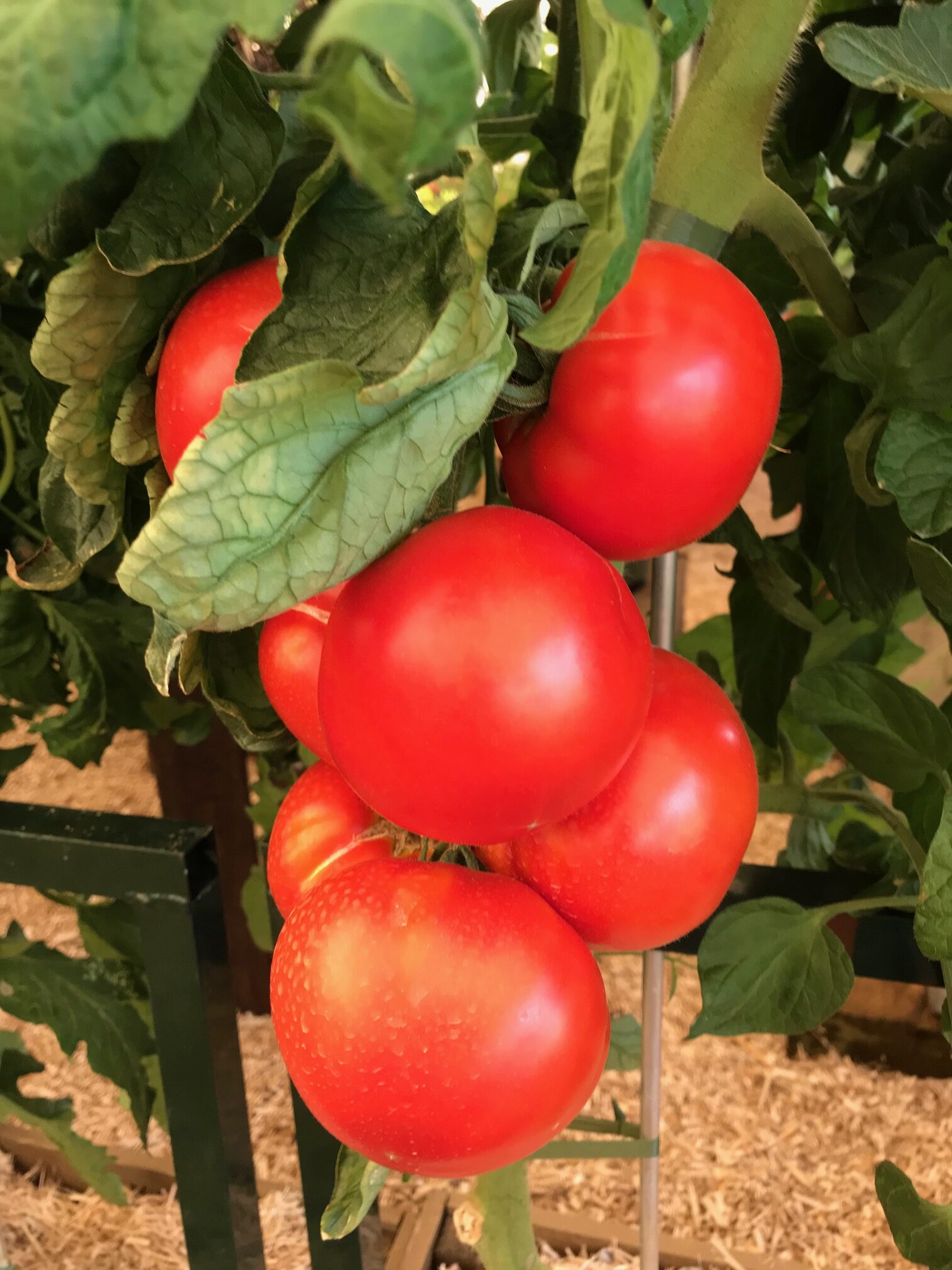Tomatoes are a favorite among gardeners because they offer an unbeatable taste that’s only achievable when you grow them yourself. However, to enjoy a plentiful, trouble-free harvest, it’s essential to give tomatoes the right care and attention. Here are the key tips to ensure your tomato plants thrive from start to finish.
1. Support Your Tomatoes
Providing strong support is crucial to preventing disease and ensuring healthy fruit. It’s best to set up supports at planting time to avoid disturbing the plants later. The type of support needed depends on the tomato variety:
- Vining (Indeterminate) Tomatoes: These tomatoes grow long, sprawling vines and benefit from vertical support. Use sturdy canes, stakes, or strings suspended from a greenhouse roof. As the plant grows, weave the stem around the string. Alternatively, a simple tomato cage made from cattle panels or wire mesh can also support these plants effectively.
- Bush (Determinate) Tomatoes: These plants are smaller and bushier, but they still benefit from support to handle the weight of the fruit. Use stakes, canes, or small tomato cages.
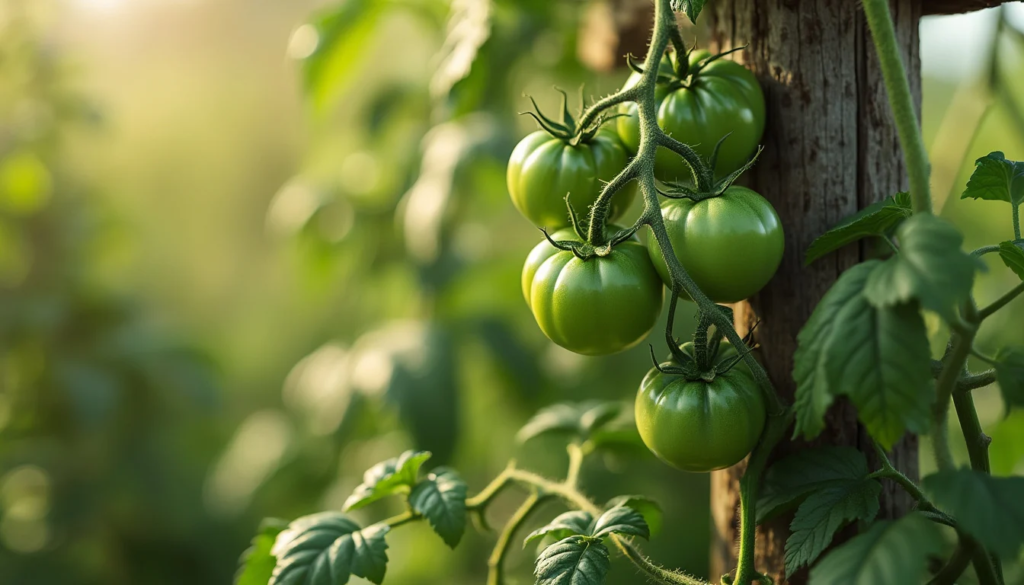
2. Prune for Healthier Growth
Pruning helps keep plants healthy, improves airflow, and reduces disease risks. Here’s how to prune effectively:
- Remove Lower Leaves: Keep foliage away from the soil to prevent soil-borne diseases like blight. Prune the leaves beneath the first flower or fruit truss.
- Remove Sideshoots (Suckers): For vining tomatoes, pinch off any sideshoots that appear in the leaf joints. This ensures the plant focuses energy on producing fruit, reduces overcrowding, and improves airflow.
- Stop Vining Tomatoes: In cooler climates, “stop” or pinch out the growing tip of vining tomatoes after four fruit trusses have formed. This redirects the plant’s energy to ripening fruit rather than growing more vines.
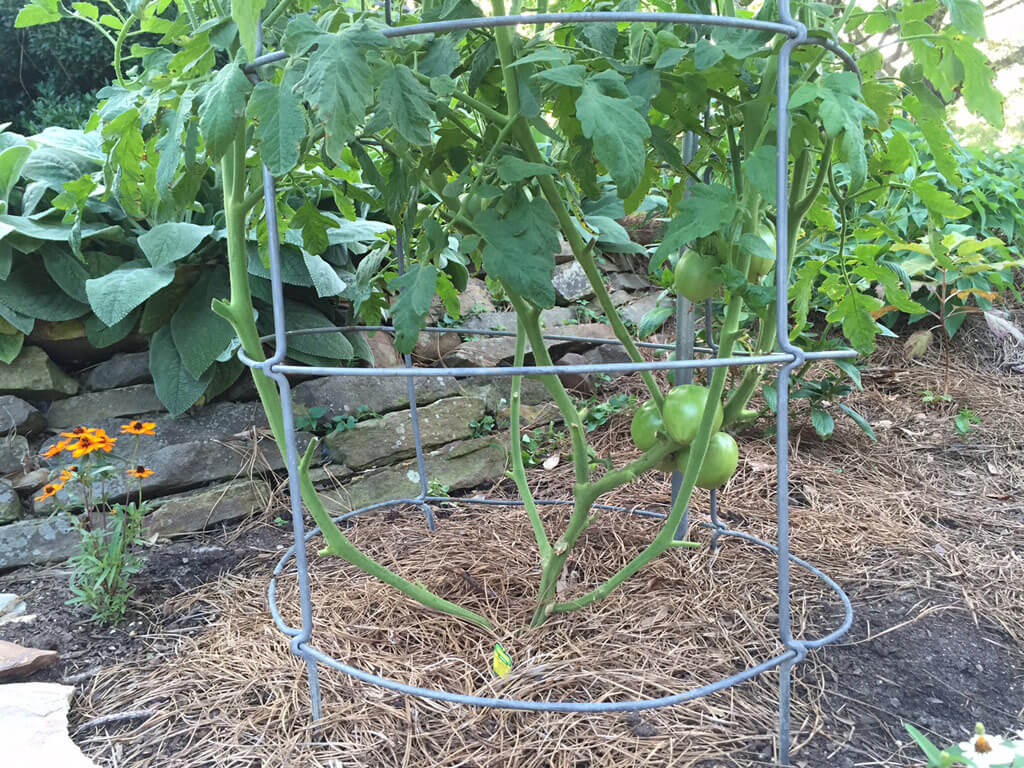
3. Mulch to Protect and Retain Moisture
Mulching offers several benefits, such as retaining soil moisture, reducing weeds, and maintaining a cooler root zone. Use organic mulches like shredded bark or grass clippings. They help prevent soil from splashing onto the leaves, reducing the risk of diseases, and help keep the soil consistently moist, preventing issues like fruit splitting and blossom end rot.
4. Watering and Feeding
Watering and feeding are essential for healthy tomatoes:
- Watering: Tomatoes need consistent moisture. Water deeply but avoid wetting the foliage, as this encourages diseases. Water in the morning so the soil can dry by the end of the day. Use the “finger test” to check soil moisture; if the soil is dry an inch below the surface, it’s time to water.
- Feeding: Tomatoes are nutrient-hungry. If growing in containers or growbags, provide regular liquid tomato fertilizer. For plants in the ground, compost will often suffice, but adding mulches can help retain nutrients and moisture.
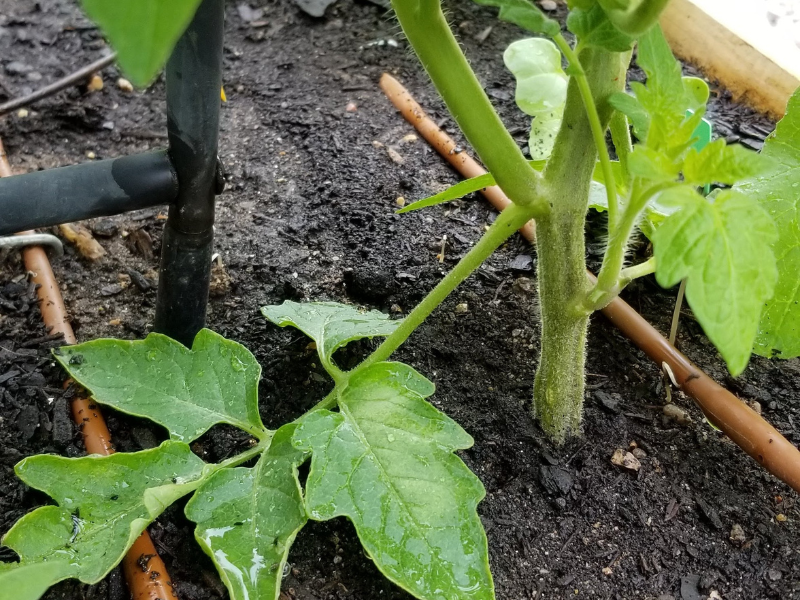
For an organic option, you can create a homemade comfrey feed. Comfrey is rich in potassium, which is beneficial for fruiting plants.
5. Prevent Disease and Pests
Tomatoes are prone to various diseases and pests, but with good practices, you can minimize these risks:
- Tomato Blight: Late blight is a major concern, especially in humid climates. To reduce the risk, avoid wetting the leaves while watering, and prune lower leaves to ensure airflow. If growing in a greenhouse, ventilate the space well to reduce humidity and prevent blight spread. Additionally, avoid planting tomatoes near potatoes, as they share the same blight strain.
- Early Blight and Hornworms: Early blight can be less severe but should still be managed by removing infected leaves. Tomato hornworms, which feed on leaves, are harder to spot due to their green color, but using a UV light at night can help you identify them.
6. Encourage Airflow
Good airflow is vital for healthy tomato plants, particularly in greenhouses. Space your plants adequately and prune to improve ventilation. Open vents and windows in your greenhouse to keep the air circulating, reducing the chance of fungal diseases.
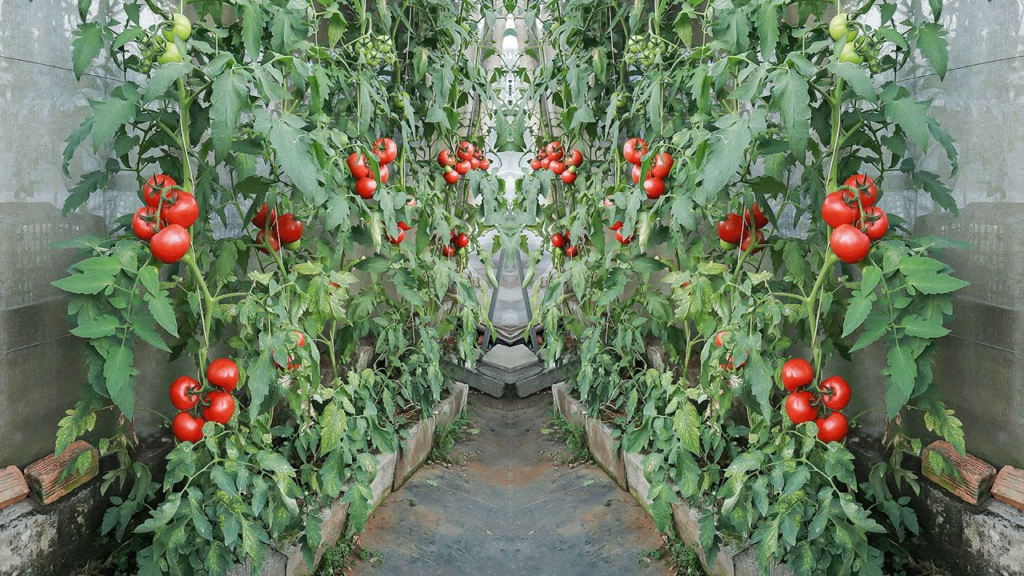
By following these straightforward yet effective steps, you can ensure your tomato plants stay healthy, productive, and free from major issues, leading to a bountiful, delicious harvest!
